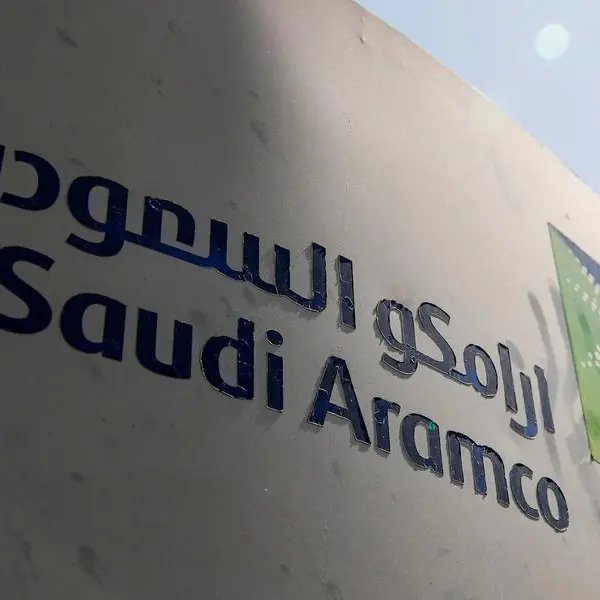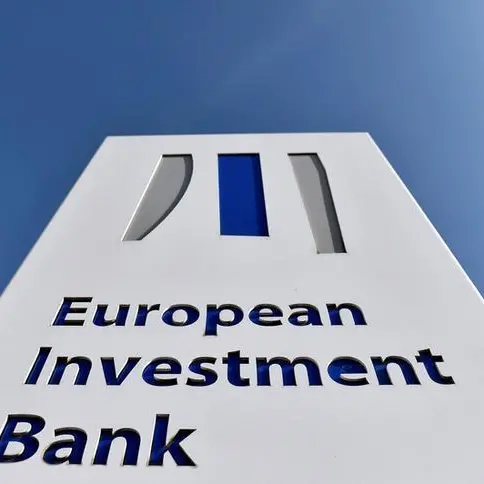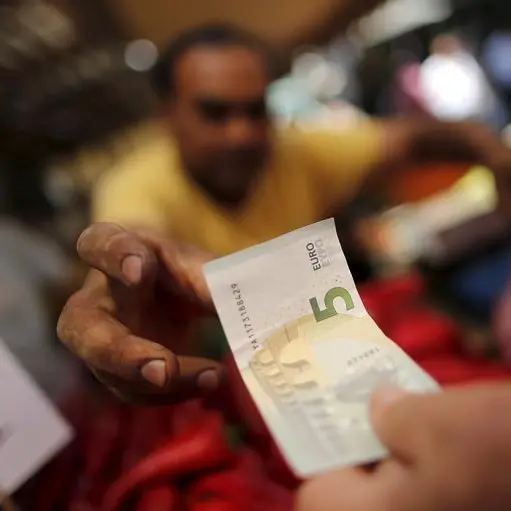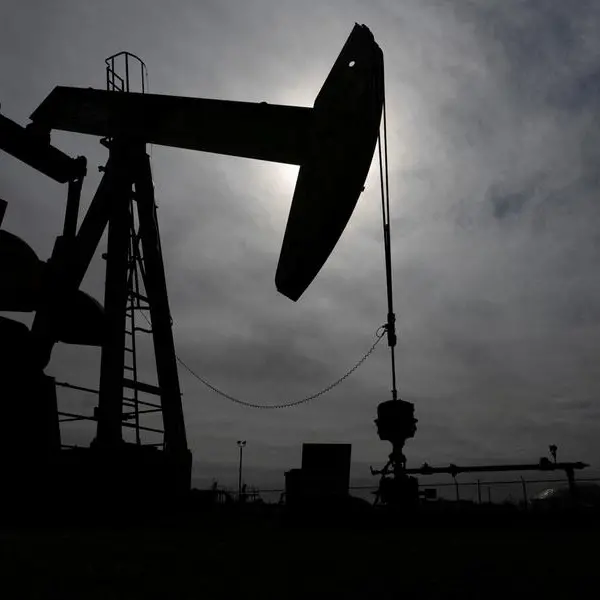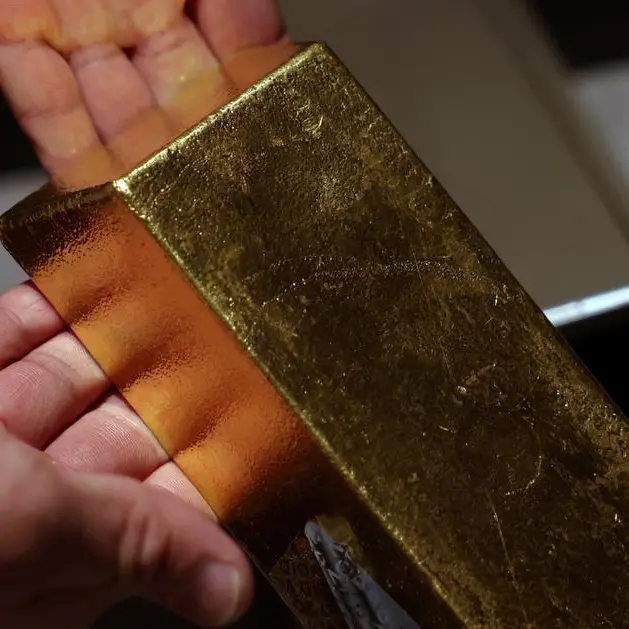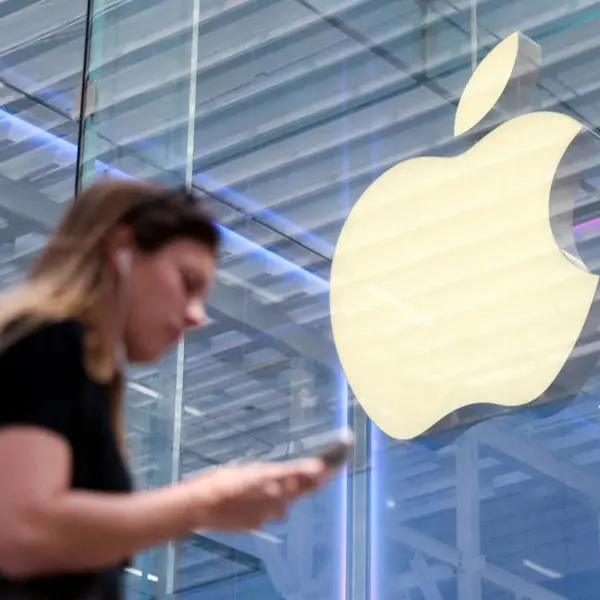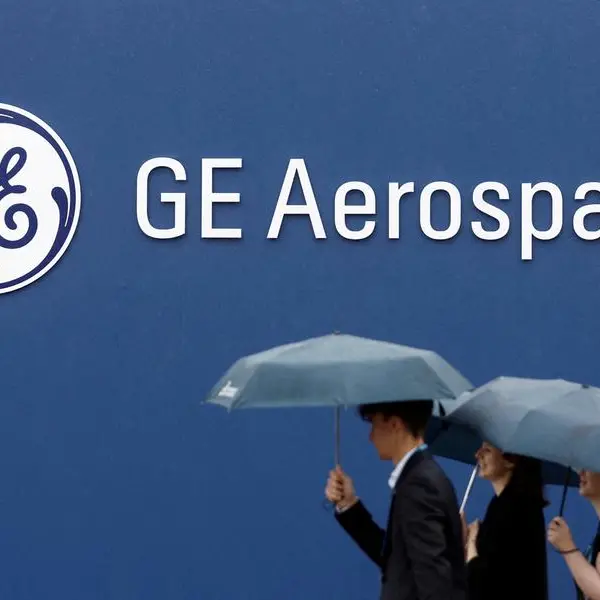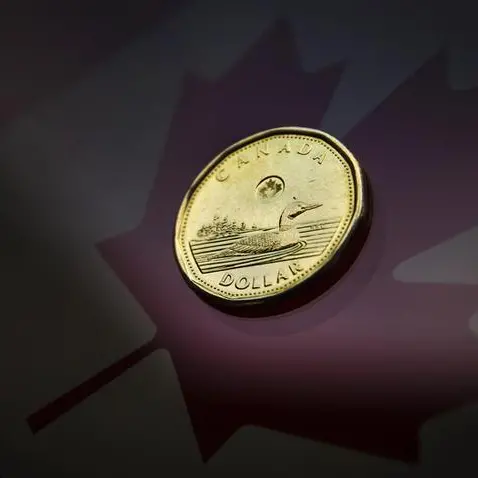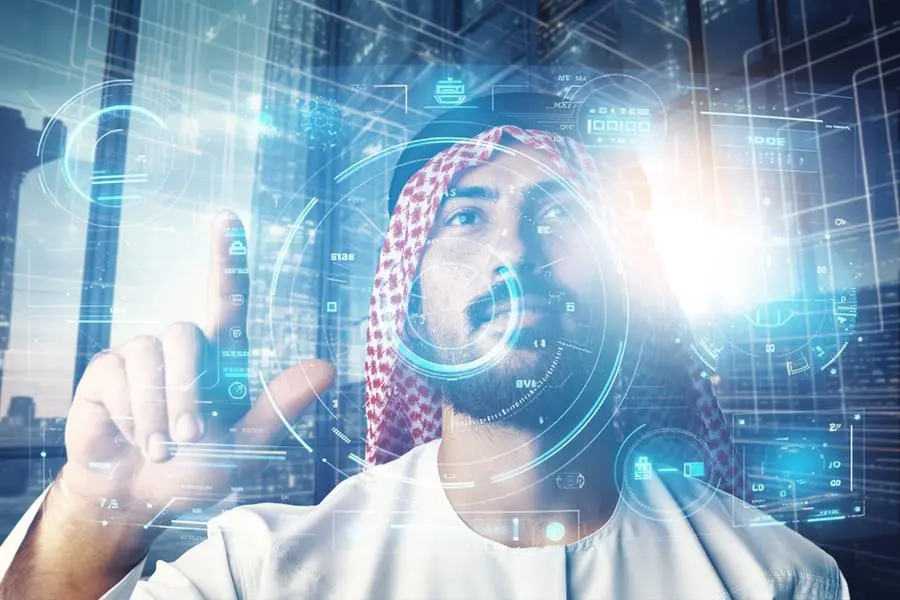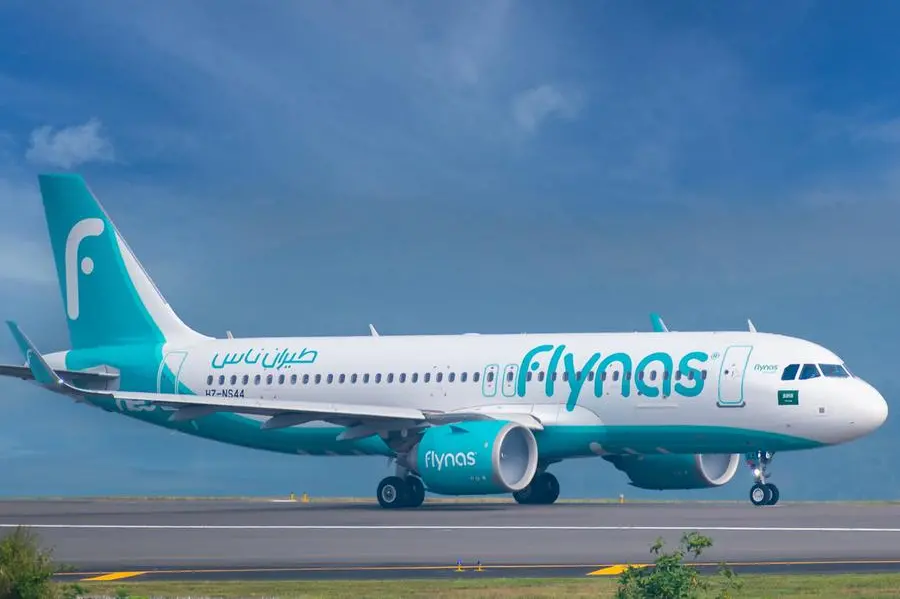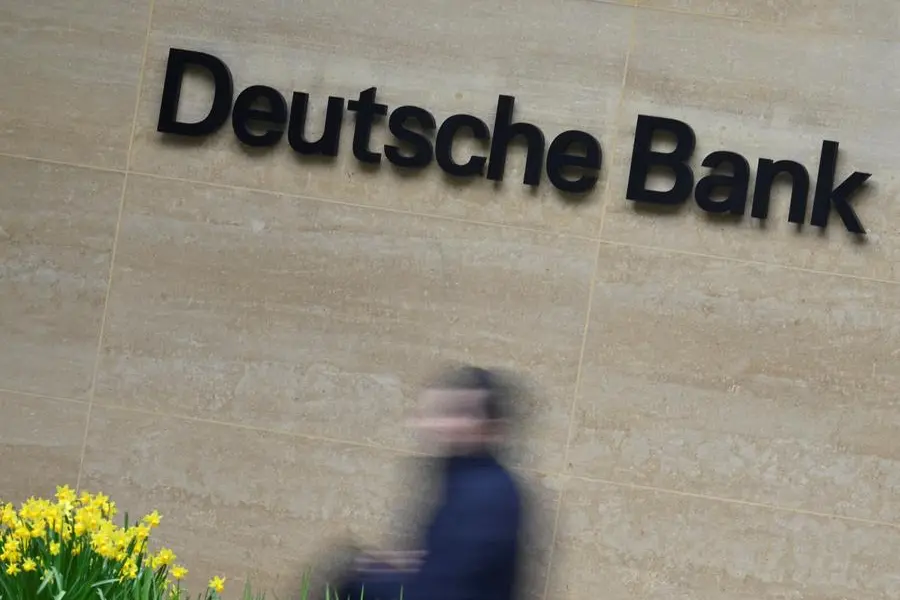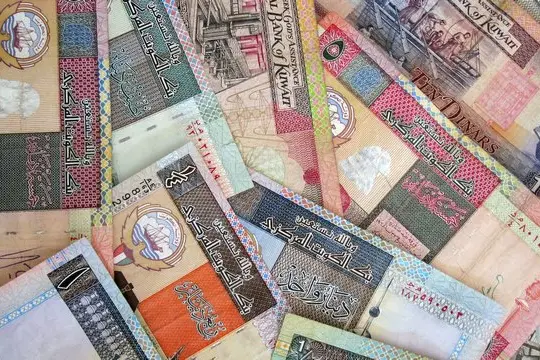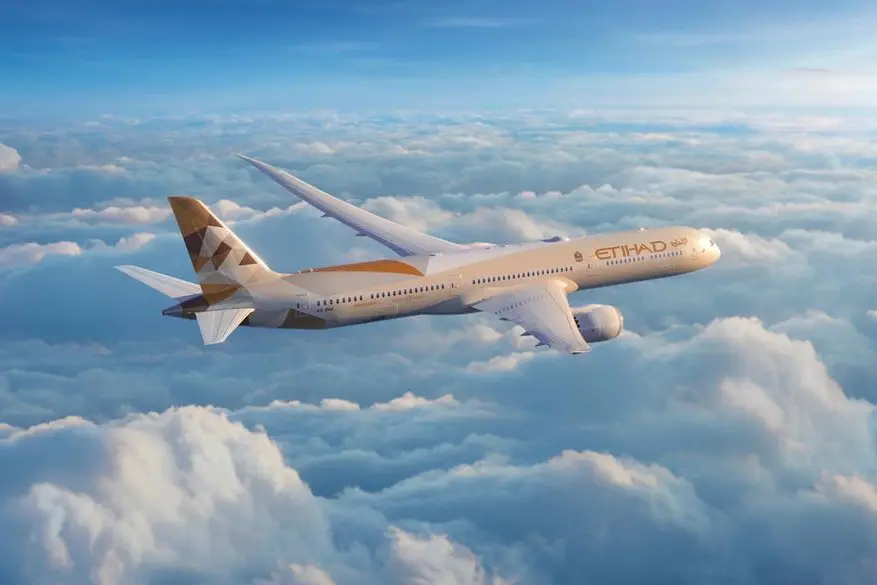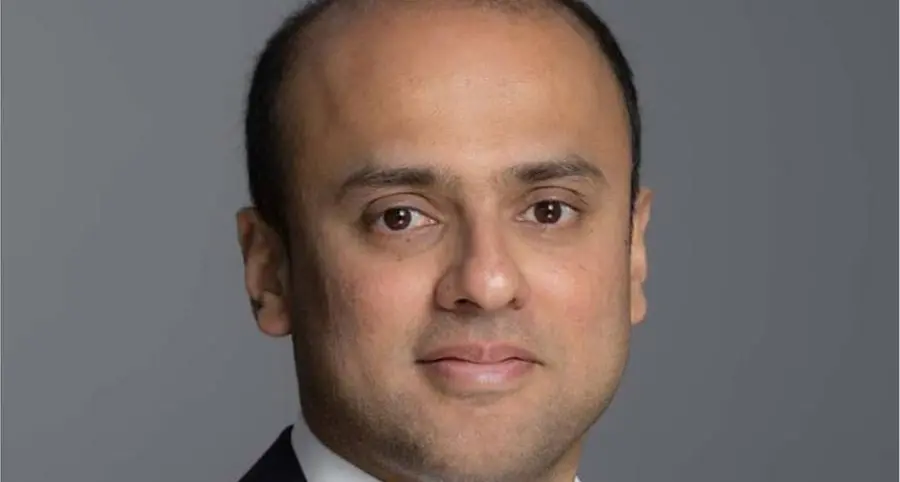The world's economic, financial and political troubles are playing into Dubai's hands, especially a real estate sector making a steady recovery
Dubai's real estate recovery is, by most accounts, now in full swing.
While memories of the dark days of the downturn - when the city's property sector was brought to its knees by the emirate's crippling debt crisis - were jogged last month by the flight and subsequent re-arrest of Zack Shaheen, the former chief executive of developer Deyaar who had been jailed for fraud, the sentiment is now mostly of optimism among the business community, developers, analysts and consultants.
In late July Emaar Properties, the company which built Burj Khalifa, the world's tallest tower and shopping mall, followed up a set of healthy recent financial results (albeit boosted by the performance of its retail and other businesses) with the proclamation that the emirate's property sector was on a "growth track". Meanwhile state-owned Nakheel, the developer of the famous palm islands off Dubai's coast and which was itself subject to a massive debt restructuring programme last year, posted a 37 per cent increase in first-half 2012 profit to Dhs767 million ($209 million), citing improving real estate prices.
Many analysts attribute the return to relative health for Dubai's real estate sector - which contributes about 13 per cent of the emirate's total GDP - to the city's growing 'safe haven' status in a troubled region, if not world, which has prompted an influx of foreign investment. Backing this perception up, the Dubai government recently released figures which showed that Indian citizens alone had spent a total of $222 million on luxury apartments and commercial space in Burj Khalifa in the first half of this year, more than any other nationality. Iranians were second, having forked out $128 million.
This microcosm reflects a wider trend, the government's figures show. Foreign investors spent $7.7 billion on real estate assets in the city in the first half of this year, up 36 per cent on the same period of 2011.
According to a report on the Reuters news agency, both Indian and Iranian investors saw Dubai as a safe bet - providing protection from the 20 per cent depreciation of the Indian rupee against the US dollar since the third quarter of last year, and as a refuge from international sanctions on Tehran, respectively.
Gulf Co-operation Council (GCC) investors are similarly increasingly keen on Dubai, it seems. The local UAE daily Khaleej Times reported last month that they had bought about a third more properties in the UAE as a whole last year, compared with 2010.
As well as Dubai's image as a stable foreign investment location, the real estate sector has also been revived by local initiatives, in particular those promoted by the Dubai Land Department (DLD), a government regulatory body, through which financing has been arranged via local banks and incomplete or stalled projects have been either rekindled or cancelled.
Most industry players believe prices are unlikely to fall much more following a damaging 60 per cent freefall since the 2008 peaks.
Real estate agent Knight Frank's quarterly prime global cities index showed apartment prices in Dubai rallied more than five per cent in the second quarter of 2012 compared with six months ago. Meanwhile, Reuters recently reported that average apartment rents in Dubai were estimated to have risen two per cent in the second quarter, citing a report by consultants CBRE.
The overwhelmingly positive news and prognosis for the sector does not necessarily mask persistent underlying problems, however. According to reports, while Dubai's upmarket districts are witnessing a rebound in property prices, they remain weak in less desirable suburbs. The fact also remains that there is still a glut of supply in the pipeline - consultant Jones Lang LaSalle says another 24,000 residential units will come onto the market in the second half of this year, adding to the roughly 344,000 units currently built.
Analysts, however, believe the pace of recovery will be measured and that another period of break-neck growth which characterised the boom up to 2008 is extremely unlikely.
"Dubai's property market will improve, but gently. Not at the 40 per cent growth per quarter that we saw during the boom," Loic Pelichet, Dubai-based assistant vice president for research at NBK Capital, told Reuters.
"The boom of 2008 is very unlikely ever to happen again. That was just massive speculation. There is recovery in certain places, but there's still a lot of inventory coming into Dubai."
Pelichet also said it was unclear whether property prices would continue rising when safe-haven demand related to the Arab Spring eventually dried up, although the UAE currency's peg to the US dollar could enhance Dubai's attractiveness in the event of a partial collapse of the Eurozone as funds fled European currencies.
The overall sense of recovery will likely have positive ramifications for other sectors of the economy, including a construction industry hit hard by the real estate downturn.
As Dubai's embarks on the next phase of economic development, new projects are taking shape, and in April this year Dubai's Real Estate Regulatory Agency indicated that 220 projects were progressing.
Work is in advanced stages for two more global landmarks on the city's skyline - the world's tallest dedicated hotel tower (the 355 metre JW Marriott Marquis Dubai, expected to open later this year) and the tallest residential tower (the 414 metre Princess Tower) - to add to the city's spectacular trophy cabinet of real estate triumphs.
The city is also planning its first opera house, as well as yet another massive complex of luxury hotels and entertainment facilities, billed as one of the Gulf's biggest. The Habtoor Palace complex will cost an estimated $1.33 billion, and will include three luxury hotels with more than 1,600 rooms, with completion expected in 2016.
A number of important infrastructure projects are also likely to be fast-tracked to support the emirate's economic diversification plans, at the heart of which will be trade, logistics, transportation and tourism, which collectively accounted for almost 60 per cent of Dubai's GDP last year.
Key projects being prioritised include the multi-billion-dollar expansion of Dubai International Airport, road and railway developments and large-scale power and water projects.
At the beginning of this year the construction arm of Arabtec Holding, the UAE's largest construction company, secured a Dhs561 million ($152 million) contract to carry out the airport expansion. The 25-month project is part of a major expansion estimated to cost a total of Dhs28.8 billion, and will include the extension of terminal Two and the construction of a new concourse. This is in addition to the completion of Concourse Three, Emirates airline's dedicated A380 facility, which will take Dubai International's capacity from 60 million to 75 million when it opens next year. Once construction is completed at Dubai International, work on Phase Two of Dubai World Central (DWC) is expected to intensify from 2018 to 2023.
A $3 billion-plus solar park - reported to be the first utility-scale production capacity park of its kind in the region - is also being planned in Dubai. To be managed by the Dubai Electricity and Water Authority (DEWA), the Mohammed bin Rashid al Maktoum Solar Park is expected to begin generating up to 1,000 MW of electricity by the end of next year.
However, not all power projects are proceeding. DEWA announced in April that it was deferring its $1.3 billion Hassyan power plant project, which was to be Dubai's first independent power producer (IPP) with a 1,600 MW capacity. The gas-fired project was due to be commissioned in 2014, as part of a large power and desalination complex. Four consortia had reportedly been shortlisted for bidding.
DEWA chief executive and managing director Saeed Mohammed al Tayer was quoted as saying that the project had been deferred essentially because DEWA was able to increase existing power production capacity while reducing power demand growth and reducing 'line losses' in the system.
Dubai is proving once again that it can confound its critics. Whether it can steer a more measured path to growth in real estate and construction in the years ahead and avoid bubbles remains to be seen, but new regulations and a conspicuously more pragmatic approach suggests it may do so .
© The Gulf 2012
